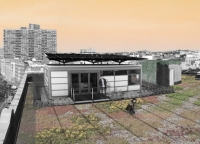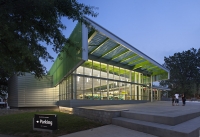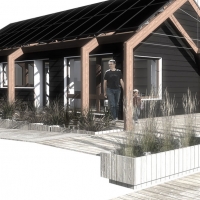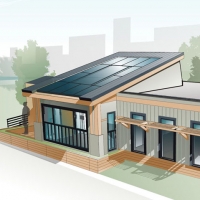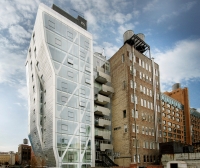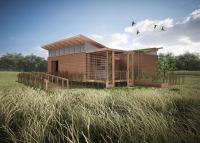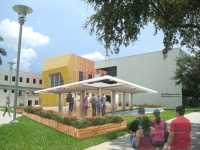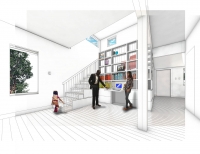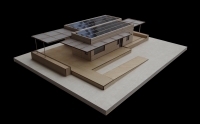Fri, Jul 01, 2011
Imagine that all of New York City�s rooftops are covered with photovoltaic panels. They could provide enough electricity to meet around 14% of the city�s needs, according to calculations by Tria Case, one of the City College of New York's directors. Comprised of students from The City College of New York�s (CCNY) Bernard and Anne Spitzer School of Architecture and Grove School of Engineering, Team New York, who are competing for the first time this year in the Solar Decathlon, asserts that NYC�s roofscape is vastly underutilized, not only for its potential in collecting solar energy but also for its potential to provide prime living and outdoor space for its citizens. Their design for the Solar Roof Pod could prove a versatile and sustainable solution.

